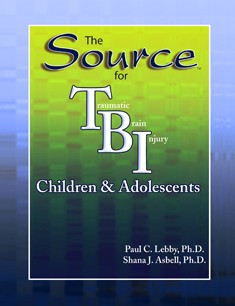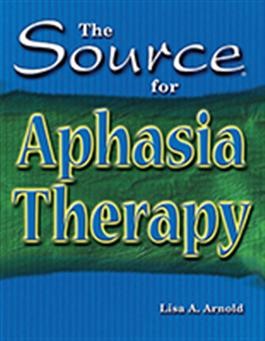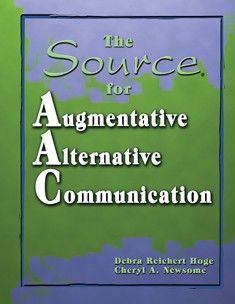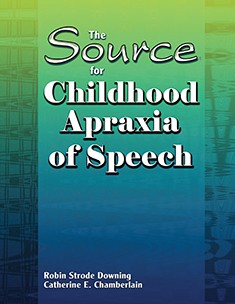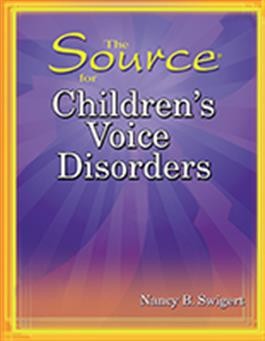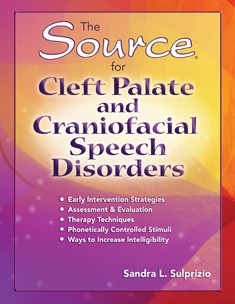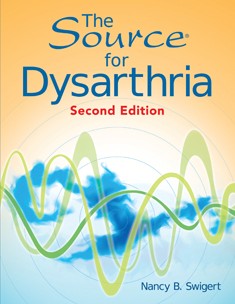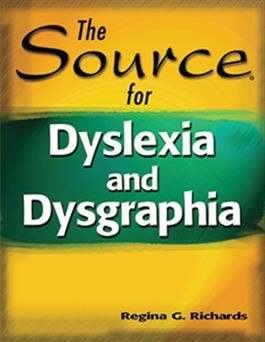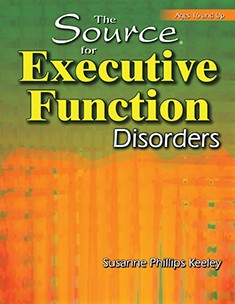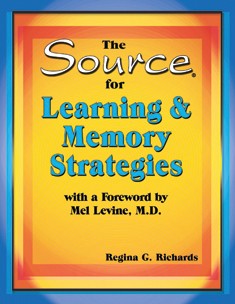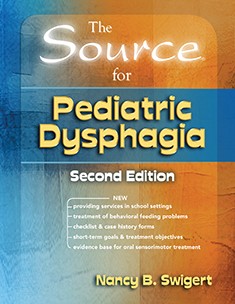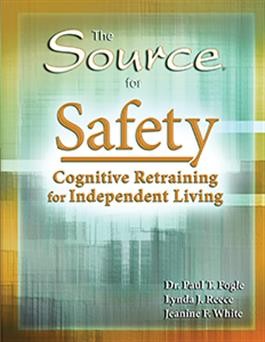- Pages 224
- Format 8.5" x 11"
-
Product Code 31736 ( MR #065711 )
Price $54.00
Every child and adolescent who has a brain injury presents with different deficits and has a different course of recovery. Use this book to understand the complex effects of childhood TBI on cognitive, language, and behavioral development; on social and family relationships; and plan effective interventions.
This authoritative text by Drs. Lebby and Asbell is informative and concise without being oversimplified. Lots of illustrations and real-life examples help you understand the main aspects of brain injury in addition to the more subtle features that result from brain damage. It includes two popular evidence-based assessment tools, the Lebby-Asbell Neurocognitive Screening Examination for Children (LANSE-C) and the Lebby-Asbell Neurocognitive Screening Examination for Adolescents (LANSE-A).
Chapters in the book cover:
- brain anatomy—the parts of the brain and their functions and the cranial nerves and their functions
- brain development and cognition—developmental milestones and an overview of how brain injury affects normal brain and cognitive development
- traumatic brain injury—what happens to the brain after an injury based on the type of trauma, level and number of injuries, and medical complications
- TBI-related language disorders—the primary symptoms of fourteen types of communication/language disorders
- TBI-related frontal lobe disorders—an overview of frontal lobe functions such as executive functions, attention deficits, reasoning, lack of insight, and more
- TBI-related motor, visual, and learning and memory disorders—the terminology of and conditions resulting from damage to the motor cortex, visual cortex, and diffuse damage to the cortex
- general assessment issues—special considerations for testing and the interpretation of test results
- neurocognitive assessment—screening with the:
- Lebby-Asbell Neurocognitive Screening Examination for Children (LANSE-C)
- Lebby-Asbell Neurocognitive Screening Examination for Adolescents (LANSE-A)
- The two screening tools assess these areas: general functioning, level of consciousness, orientation, attention, langauge, reasoning, memory, object use, visual-spatial ability, visual-motor integration, and visual neglect.
- considerations for formal testing and assessment of general functioning
- recovery issues—processes, predictors, and patterns of recovery; issues in resumption of activities and transitions
- intervention—prioritizing goals, choosing therapy activities, and accommodations for specific deficits
- family issues—helping the family adjust and dealing with attitudes and emotions
Copy the client activity pages or print them from the CD.
- Copyright 2007

 Proud to be Canadian
Proud to be Canadian